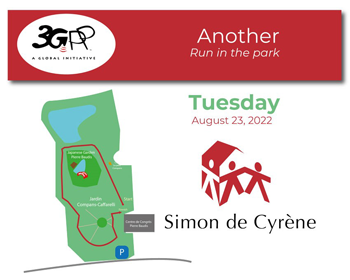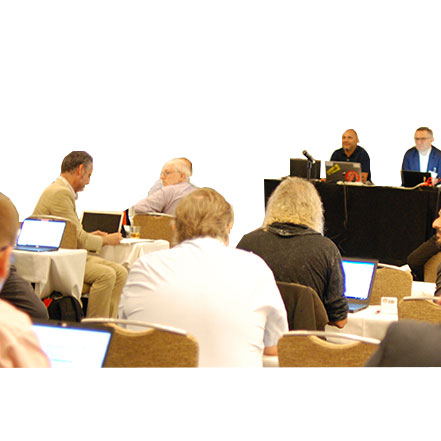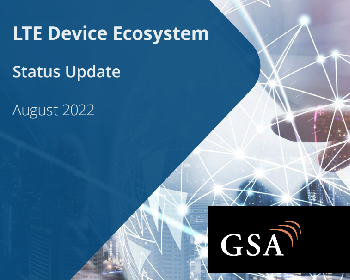3GPP SA6 initiatives to enable new vertical applications
September 30, 2019
A new webinar “3GPP SA6 initiatives to enable new vertical applications” is now available on replay – free of charge and without any annoying registrations!
During this 30 minute presentaion, Suresh Chitturi, the SA6 Working Group Chair, introduces the group’s work to provide application layer functional elements and interfaces that will serve the needs of new (to 3GPP) industry sectors - or verticals - by providing a middleware layer, as a common service platform for their 5G implementations.
Showing the timeline for SA6’s progress, since the early Mission Critical (MC) work, Suresh Chitturi explains how meeting over 600 user requirements from the public safety community has encouraged the group to expand its scope to take on other forms of mission critical services; including Railway communications work and IOPS – a new feature for Isolated E-UTRAN Operation for Public Safety (See the full webinar...here)

Work has now started on how Mission Critical services can be ported to the 5G system.
SA6 activities are expanding - to provide a common platform for new verticals, who stand ready to use the 5G system for their own needs. Here are some of the activities being undertaken by the group:
The Common API Framework (CAPIF)
 The main purpose of CAPIF is to have a unified north bound API framework across several 3GPP functions. There is a single and harmonized approach for API development, with a number of 3GPP specifications on the work – to specify a framework to host APIs of PLMN and also to allow for third parties to leverage the CAPIF framework to host their APIs.
The main purpose of CAPIF is to have a unified north bound API framework across several 3GPP functions. There is a single and harmonized approach for API development, with a number of 3GPP specifications on the work – to specify a framework to host APIs of PLMN and also to allow for third parties to leverage the CAPIF framework to host their APIs.
CAPIF was delivered in Release 15, enhancements coming in Release 16, and is integrated with the northbound APIs developed by 3GPP SA2 (SCEF/NEF) and 3GPP SA4 (xMB).
The key features listed here (right), give a view of what a complete API framework needs to offer; for On-board and Off-board API invokers, how to register and release APIs that need to be exposed, the discovery of the APIs, their Authentication, on support for 3rd party domains and for the federation of CAPIF to support distributed deployments. These are all covered in 3GPP TS 23.222.
The CAPIF architecture has three main entities specified; CAPIF Core Function (CCF), API Exposing Function (AEF) and the API Invoker.
The CCF is the central repository for all of the APIs, taking care of authentication, on-boarding and aspects related to logging and charging.
The AEF wraps around the 3GPP functions to enable the APIs to be exposed. One of the example functions are the NEF APIs, that can be exposed to the AEF function – with the API invoker on top, which has access to the CAPIF core functions for on-boarding and discovery and the availability of services provided by the AEFs. (See the full webinar...here)
Service Enabler Architecture Layer (SEAL)
 Many of the industries considering running applications over 3GPP systems may need similar core capabilities as others - thus benefitting from work already done. In TS 23.434 we have specified an architecture that can allow pieces of functionality (services) to be used across different verticals.
Many of the industries considering running applications over 3GPP systems may need similar core capabilities as others - thus benefitting from work already done. In TS 23.434 we have specified an architecture that can allow pieces of functionality (services) to be used across different verticals.
SEAL services are supported for both UE equipment on-network and off-network – in a B2B model.
We have also looked at interconnection – between multiple SEAL servers to enable distributed SEAL deployments – and Inter-service communication for interaction between SEAL servers, to allow a user to create a group based in a particular location.
The SEAL Architecture has the SEAL Client, for client-side functionality and the SEAL Server on the network. Within the SEAL Client entity we have all of the various clients related to services like Group location, key and identity management. We have the same concept on the network side (see slide 11, below);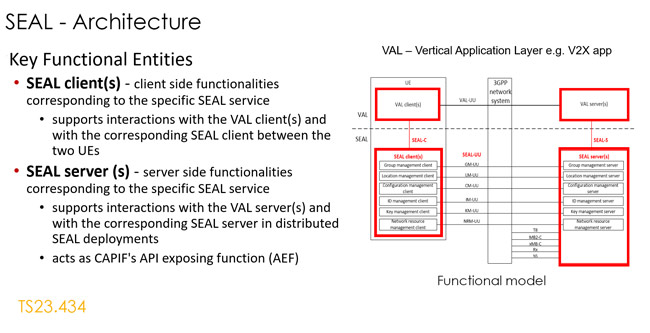
Above the SEAL layer is the Vertical Application Layer (VAL), which uses the SEAL layer to realise its services. SEAL supports all of the common functions, that provide capabilities to the VAL – which can be built reusing what is there. V2X is an early example, but all new verticals can now leverage what has been done.
Application Architecture for Edge Apps (EDGEAPP)
EDGEAPP is a new activity, with groups across 3GPP starting to look at this. Our study aims to enable applications to be hosted on the Edge of the 3GPP network. One of the main areas focused on is to minimalize the impact to Edge based applications – so they do not need major App redevelopment for UE use at the Edge.
Key requirements are:
- UE application portability - Changes in Application Clients compared to existing cloud environment are avoided.
- Service differentiation - The mobile operator is able to provide service differentiation (e.g. by enabling/disabling the Edge Computing functionalities).
- Flexible deployment - There can be multiple Edge Computing providers within a single PLMN operator network. The Edge Data Network can be a subarea of a PLMN.
- Integration w/3GPP network - Capability exposure, such as location service, QoS, AF traffic influence, to the Edge Apps.
- Service continuity - Support for continuation of application context across Edge deployments
The role of the Edge framework actors is important, the presentation describes the relationships between the End user, ASP and the Edge Computing Service provider. SA6 is evaluating those relationships – to ensure that we have an architecture that works for all these actors.
Leveraging SA6 for 5G Verticals
With this webinar featuring CAPIF to expose the API to 3GPP functions, SEAL as a service platform for common capabilities – to allow quick on-boarding for verticals, the Vertical Application Enablers for support for the creation of actual applications (work and studies ongoing for V2X, UAS and Future Factories) and with our look at EdgeAPP enablers – we can see that SA6 is well established in a vital role between the 3GPP system and the 5G verticals.
(See the full webinar...here)
This article is inspired by the content of the webinar - transcript prepared by: Kevin FLYNN, Marketing and Communications Officer, 3GPP
Further reading
5G Application Standards - Article and link to a webinar, published in September, 2020
3GPP SA6 accelerates work on new verticals - Article Published June 7, 2019
By Suresh Chitturi, 3GPP Working Group SA6 Chair
5G Vertical User Workshop Presentation on SA6 activities (S6-191415) - This is a full 41-Slide breakdown of SA6 Work (Source SA6).

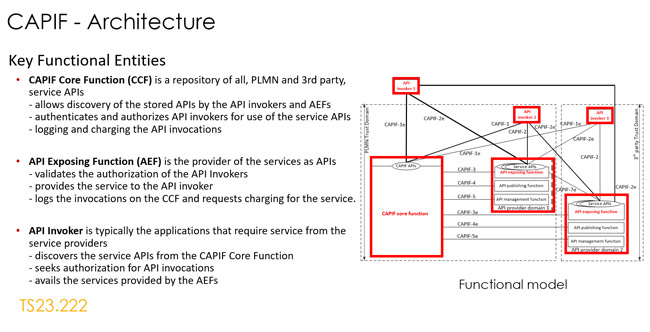

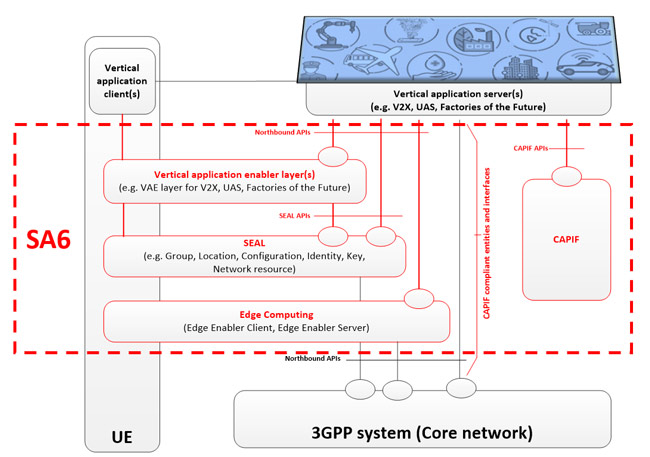
 3GPP News
3GPP News